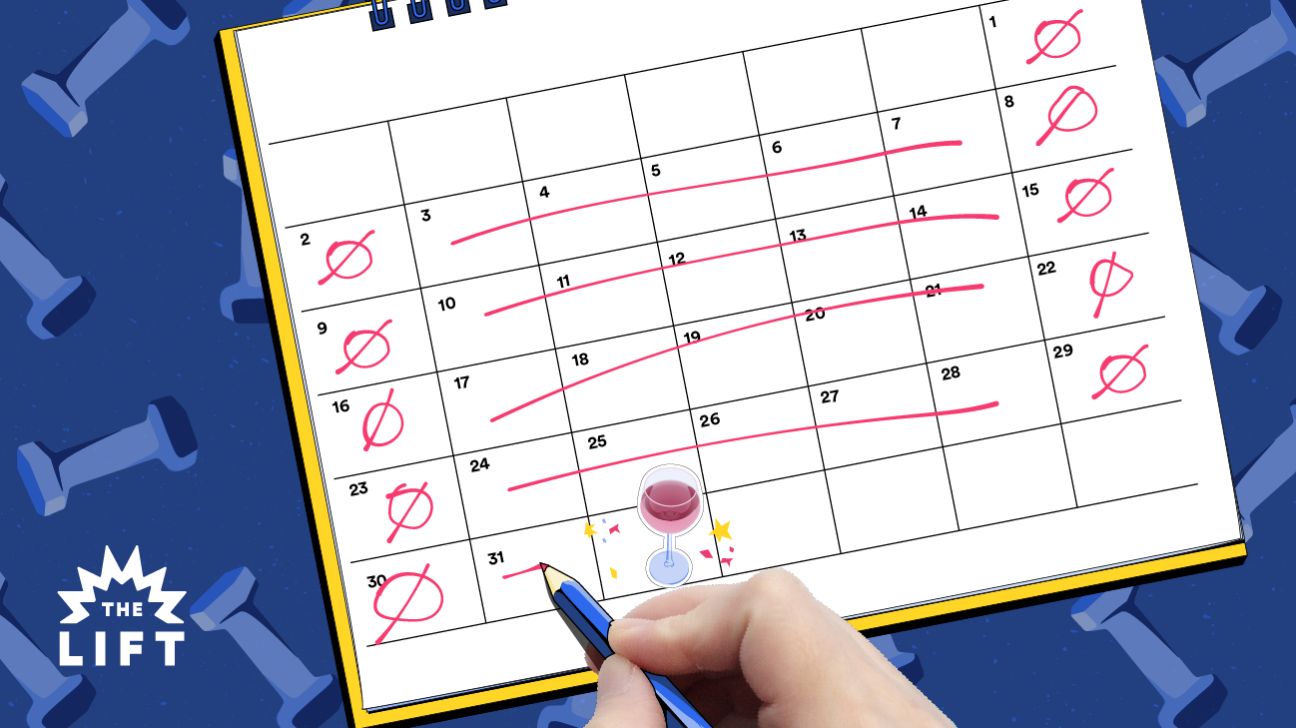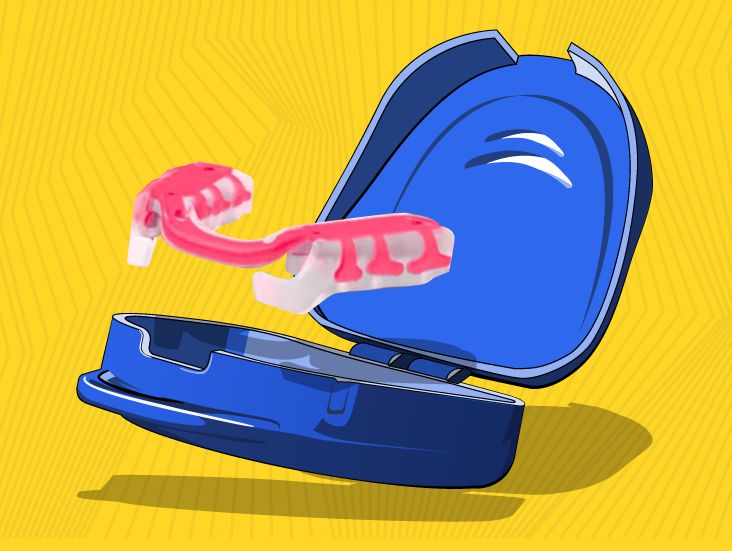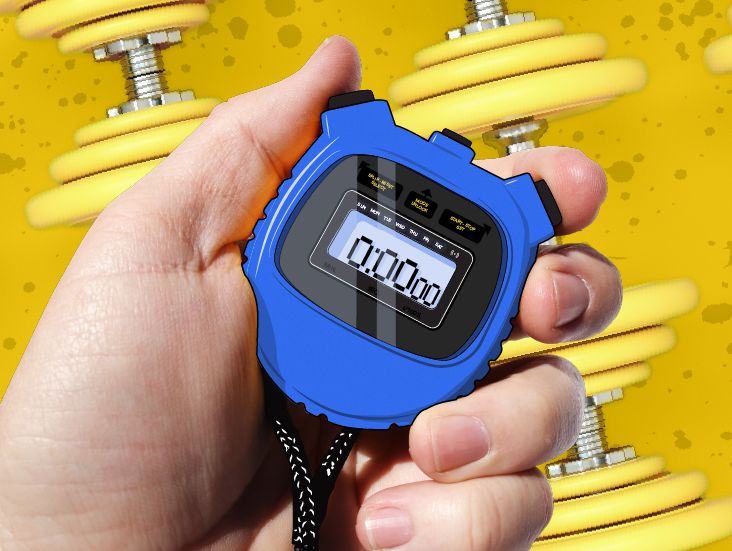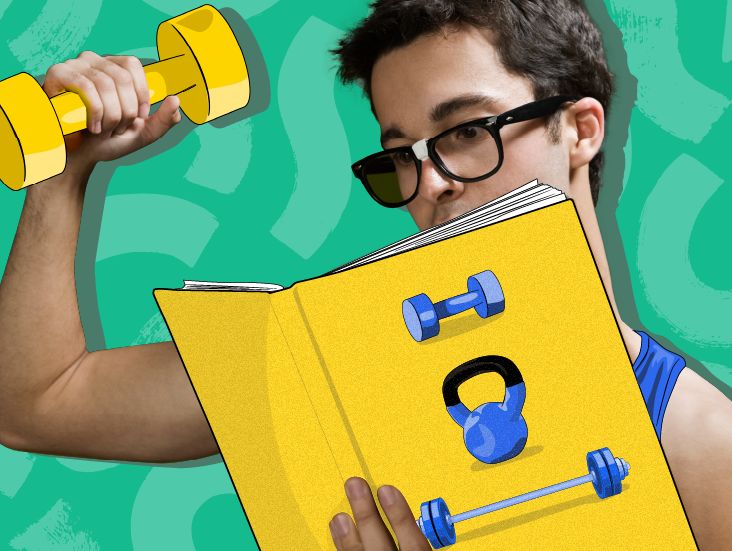
Also known as “Drynuary” and “Sober January,” Dry January involves forgoing alcohol for the first 30 days of the year. The point is to essentially start the new year on a healthier note after what might’ve been an indulgent December.
Much of the PR around Sober January centers on the health benefits of pausing the sauce. But athletes and regular exercisers might be extra motivated by the potential fitness benefits.
If you’re someone with a gym membership, a pair of well-loved running shoes, or a souped-out garage setup, read on to find out how going dry could provide some extra juice.
Yep! While results can vary from person to person, alcohol def has an impact on gains because of how it makes you feel. And depending on your drinking frequency, the impact can change.
“If you’re drinking 2 nights a week, you’re interrupting at least days of your training,” says exercise physiologist and certified strength and conditioning coach Sharon Gam, PhD, CSCS. Basically, you might only get 2 to 3 good days of training in out of 5. Basically, you slash your effectiveness in half.
“If people are serious about their health and fitness goals, reducing alcohol intake is an important move,” she explains. Eliminating it altogether can really help you achieve any fitness goals faster.
1. Recovery
FYI: Alcohol is no recovery elixir. Actually, it’s the opposite.
According to Gam, the body registers alcohol as a foreign toxin, she explains. So, as soon as it enters the system, your body works overtime trying to metabolize it. But not only does the body try to metabolize the alcohol, but it prioritizes metabolizing it over other functions… including muscle repair.
The result? You lose out on a lot of time when you could be recovering.
If you don’t drink after a workout, your body can prioritize muscle repair and growth. You set yourself up to get returns (gains) from your investment (workout).
“Instead of consuming alcohol after a workout, try to consume some good quality carbohydrate and proteins, which it can use to rebuild muscle and refill muscle glycogen,” Gam suggests. (Here are some good post-workout meal suggestions, if you need some creativity).
2. Sleep quality
While we’re on the topic of recovery, let’s talk about how booze can impact your snooze.
“Even though you might feel like you pass out after a night out, after drinking you’re actually not entering deep REM sleep,” says exercise physiologist Pete McCall, MS, CSCS, CPT, host of the All About Fitness Podcast.
Rapid eye movement (REM) sleep is when the body produces testosterone. Nonrapid eye movement (NREM) sleep is when the body produces human growth hormone. These are two things that are essential to muscle growth and repair.
“If you crush it at the gym and then crush it at the bar, over time you’ll notice things like nagging injuries,” McCall says, which are symptomatic of inadequate recovery and muscle repair.
Looking to throw back a little glass of something that will promote recovery? Try sipping some tart cherry juice, which has been shown to reduce exercise-induced inflammation.
3. Injury risk
Sorry to sound like Captain Obvious, but exercising hungover is no bueno… especially if that exercise routine involves a machine or weights.
For starters, if you’re hungover, you’ll likely feel anywhere from tired and cranky to nauseous and disoriented. Fam, the danger of pulling, pushing, squatting, or hinging heavy-ass weights when you’re any of those things cannot be understated.
Beyond the risk of a weight going splat on your face, your performance is likely to decrease.
“Research shows that a hangover can reduce performance by 11.4 percent… which is a pretty intense drop off,” says Gam. If your performance is constantly just 89 percent of what it could be, over time that adds up.
While not everyone who exercises is training for a competition or game, she makes a good point: “If you’re not able to perform your best in training, you’re not going to be able to be your best in competition or performance.”
4. Body fuel
Hate to break it to you, but alcoholic drinks are calorie-dense, and nutrient-absent.
“Alcohol has 7 calories per gram, while protein and carbohydrates have just 4 calories per gram,” says McCall.
The average beer has 14 grams of alcohol, which tallies a single brewski to at least 98 calories. And face it: Few people throw back just one. “When you cut out alcohol, you easily cut excess calories,” he says.
Naturally, cutting back on calories that don’t have nutrients is going to be great for you and your fitness goals.
Other ways forgoing alcohol can impact your health
Aside from specific fitness benefits, there are also plenty of general health perks of going dry. Per the American Addiction Centers, some of these include:
- improved mental well-being and reduced chance of depression and anxiety
- reduced chance of cardiomyopathy, arrhythmia, stroke, and high blood pressure
- stronger immune system and faster wound healing
- greatly reduced chance of alcohol-related cancer, such as breast, mouth, throat, esophagus, liver, color, and rectal cancer
The truth is, while going dry for January (or any period of time you choose) may not sound earth-shattering from a results standpoint, it actually is. And what’s sweet is that you can start to reap some of these fitness perks within the first week of cutting out jungle juice.
If, however, you choose to start reincorporating alcohol into your routine come February, just keep in mind the age ol’ saying: Everything in moderation.
“A little bit of alcohol once isn’t going to derail your fitness goals,” says McCall. “But too much might.” So, imbibe mindfully.
Oh, and when you do drink, Gam recommends opting for something with less than 4 percent alcohol. “And be cognizant of what’s in the drink you’re mixing the alcohol with,” she notes.
Remember, any decision you make for your fitness and health goals should be both impactful AND sustainable.
Gabrielle Kassel (she/her) is a queer sex educator and wellness journalist who is committed to helping people feel the best they can in their bodies. In addition to Healthline, her work has appeared in publications such as Shape, Cosmopolitan, Well+Good, Health, Self, Women’s Health, Greatist, and more! In her free time, Gabrielle can be found coaching CrossFit, reviewing pleasure products, hiking with her border collie, or recording episodes of the podcast she co-hosts called Bad In Bed. Follow her on Instagram @Gabriellekassel.





